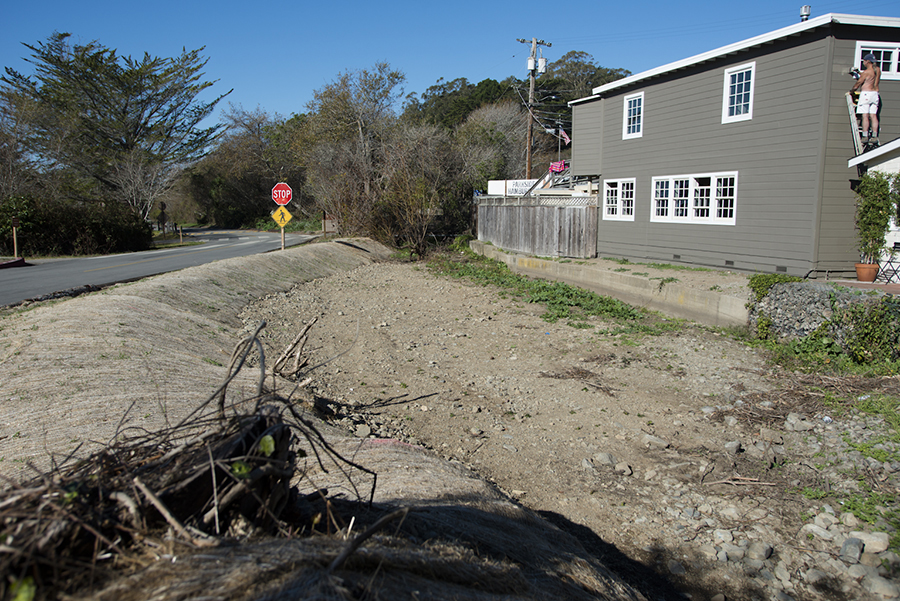The dredging of Easkoot Creek and the restoration of a wetland in the Golden Gate National Park may be the best answer to the threat . . .
County says dredging is best solution for Stinson homes


The dredging of Easkoot Creek and the restoration of a wetland in the Golden Gate National Park may be the best answer to the threat . . .